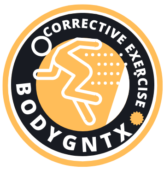Unveiling the Secrets of Muscle Building: A Guide to Rapid Growth
The quest for a sculpted physique and enhanced strength has captivated fitness enthusiasts for ages. At the heart of this pursuit lies the process of muscle building, a complex but rewarding journey that requires dedication, proper guidance, and a deeper understanding of your body’s mechanics.
Muscle building goes beyond aesthetics; it’s about enhancing your overall fitness, improving functional strength, and boosting your metabolism. Increased muscle mass can lead to improved performance in various physical activities, better bone density, and a more robust immune system.
However, achieving your muscle-building goals requires more than just lifting weights. Proper movement mechanics are essential for maximizing muscle growth, preventing injuries, and ensuring you get the most out of your workouts.
Dr. Neeraj Mehta: Master of Muscle Mechanics and Unlocking Hidden Growth Potential
As Dr. Neeraj Mehta, PhD in Human Biomechanics and Alternative Medicine, a recognized authority in the fitness industry, I’m excited to delve into the secrets of rapid muscle building. With extensive experience directing GFFI Fitness Academy and leading the biomechanics department at the prestigious American Sports Fitness University, I’ve dedicated my career to understanding the human body’s intricate dance of movement and its potential for growth.
This article will serve as your personal guide to unlocking the hidden doors of muscle hypertrophy. We’ll explore the 10 most potent movement mechanics, backed by robust research, to maximize your gains and help you achieve the physique you desire.
But before we embark on this journey, let me shed some light on my approach. Unlike conventional fitness advice, I believe in delving beyond the surface, exploring the intricate interplay between movement, form, and muscle activation. My goal is not just to provide information but to empower you with the knowledge and tools to unlock your true potential.
So, prepare to shed your inhibitions and embrace a scientific approach to muscle building. We’ll dissect each movement mechanic, unveil hidden nuances, and provide practical tips for implementation. Whether you’re a seasoned athlete or a passionate beginner, this article will equip you with the knowledge and tools you need to break through plateaus and achieve remarkable results.
Let’s begin…
10 Best Movements Mechanics for Fastest Muscle Building: Unveiling the Secrets of Growth
Drawing upon my extensive research and experience in biomechanics and fitness, I’m here to guide you through the 10 most potent movement mechanics for unlocking rapid muscle growth:
1. Embrace the Power of Compound Exercises:
These exercises, like squats, deadlifts, bench presses, rows, and lunges, engage multiple muscle groups simultaneously, triggering a cascade of anabolic hormones and stimulating overall growth. Instead of isolating individual muscles, you work them in concert, maximizing your training efficiency and sculpting a well-rounded physique.
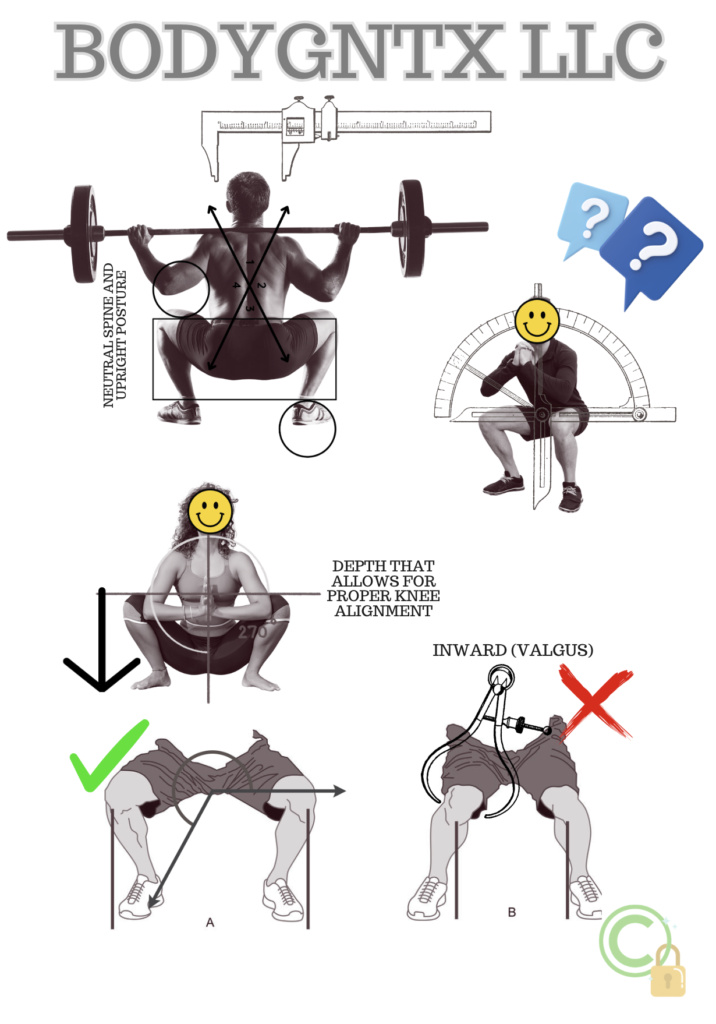

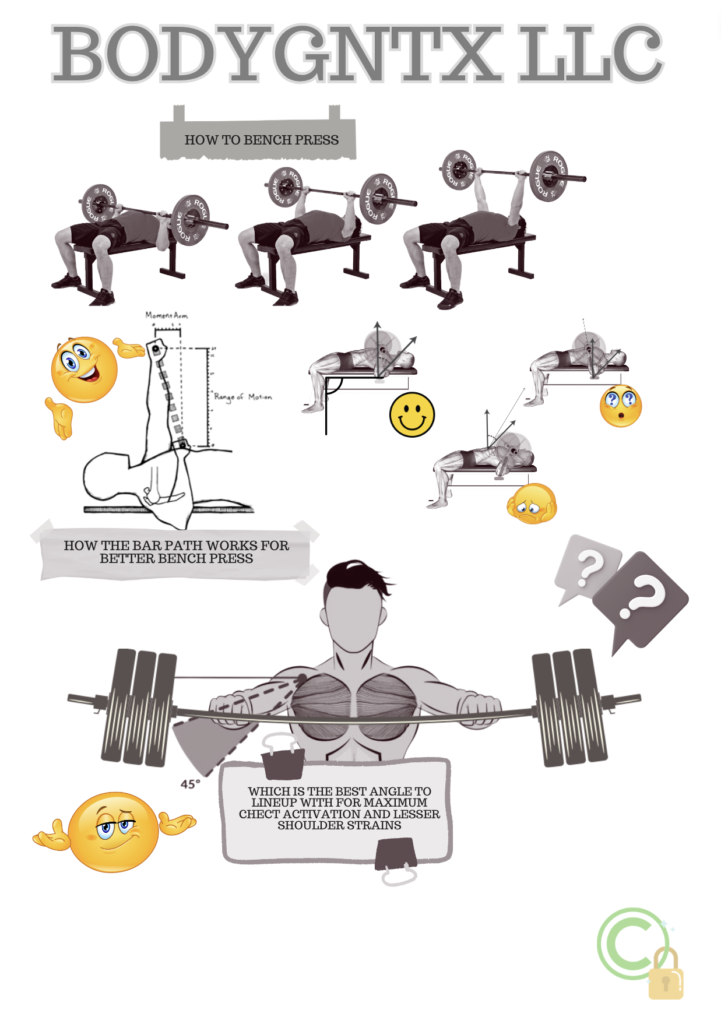
2. Master the Art of Progressive Overload:
Muscles adapt to stress. To keep them growing, you need to continuously challenge them. This is where progressive overload comes in. By gradually increasing weight, reps, or sets over time, you force your muscles to adapt and grow stronger, leading to impressive gains.

3. Control Your Tempo for Optimal Gains:
Don’t just rush through your reps! Maintaining a controlled tempo, particularly a slower eccentric (lowering) phase, maximizes muscle tension and optimizes fiber recruitment. This translates to greater muscle damage, higher growth potential, and improved mind-muscle connection.

4. Unleash the Full Potential of Every Exercise:
Don’t shortchange yourself! Utilizing the full range of motion for each exercise ensures you target the entire muscle, from origin to insertion. This maximizes muscle growth potential and leads to a more balanced and developed physique.

5. Forge the Mind-Muscle Connection:
Your mind is a powerful tool. Focusing your attention on the target muscle during each exercise enhances its activation and recruitment. This not only improves muscle growth but also refines your movement mechanics and helps you develop a deeper understanding of your body.

6. Prioritize Proper Form and Technique:
Perfect form is not just about aesthetics; it’s about safety and effectiveness. Improper form can lead to injuries and hinder your progress. Invest time in mastering the proper form and technique for each exercise to maximize muscle engagement and prevent unnecessary setbacks.

7. Harness the Power of Eccentric Contractions:
The lowering phase of each exercise, the eccentric contraction, is often overlooked. However, research reveals its potent muscle-building potential. Emphasizing the eccentric phase by slowing it down or adding weight creates micro-tears in the muscle fibers, stimulating a stronger growth response.
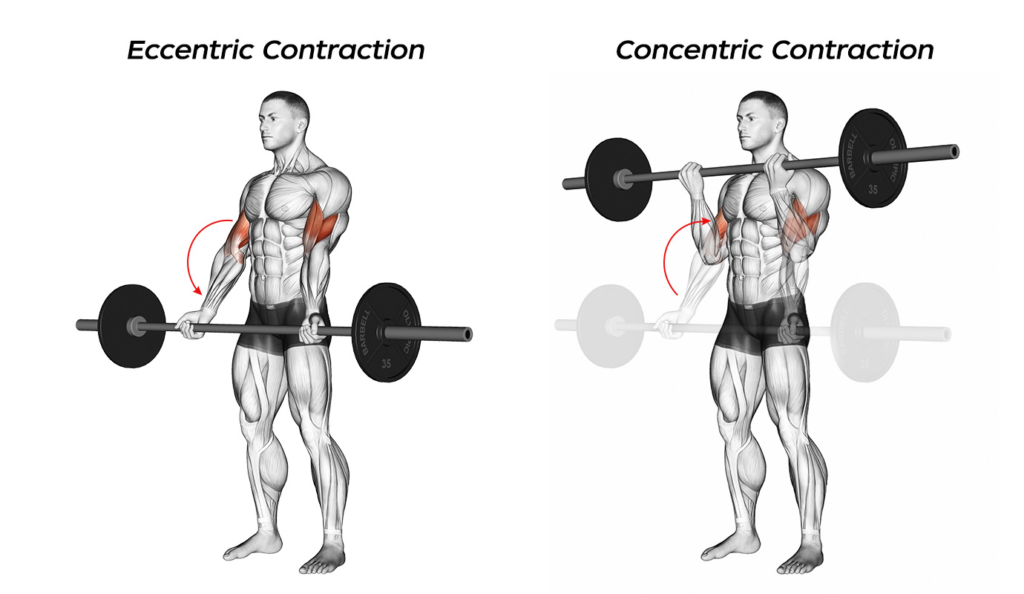
8. Time Under Tension: The Secret Weapon:
Muscle growth is not just about lifting heavy weights; it’s about the time your muscles spend under tension. By incorporating techniques like supersets, drop sets, and rest-pause training, you can increase the time your muscles are under tension, leading to greater growth potential.
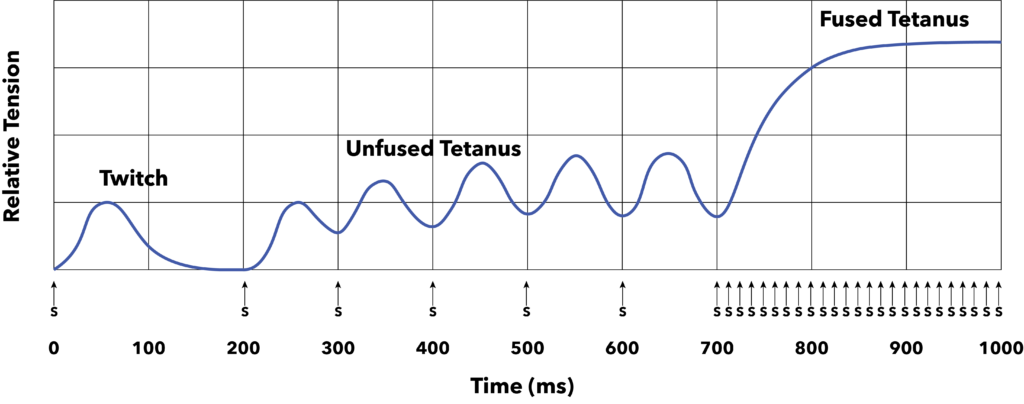
9. Rest and Recovery: The Foundation of Growth:
Just as important as training is rest and recovery. Your muscles need time to repair and rebuild after intense workouts. Prioritizing adequate sleep, proper nutrition, and rest days allows your body to recover optimally, paving the way for further growth and progress.

10. Fuel Your Growth with Nutritional Support:
Your body needs the right fuel to build muscle. Consuming a balanced diet with adequate protein intake (around 1.2-2 grams per kilogram of body weight per day) provides the essential building blocks for muscle repair and growth. Don’t neglect your diet; prioritize proper nutrition to support your muscle-building goals.

By applying these 10 powerful movement mechanics, you’ll gain a deeper understanding of how your body works and unlock its true muscle-building potential. Remember, consistency, dedication, and a scientific approach are key to achieving remarkable results. Now, go forth and unleash your inner muscle-building beast!
Below are the 10 best moves with research evidences:

Research-Based References for Muscle Building Links:
Compound Exercises:
- Schoenfeld BJ, Contreras B, Krieger J. Resistance training volume exceeding the minimum recommendation for natural anabolic hormone stimulation. https://pubmed.ncbi.nlm.nih.gov/17313271/
- Wernbom M, Augustsson J, Thomeé R. The influence of frequency, intensity, volume and mode of strength training on whole muscle cross-sectional area in humans. https://pubmed.ncbi.nlm.nih.gov/17326698/
Progressive Overload:
- Kraemer WJ, Adams K, Cafarelli E, et al. Effects of different volume and intensity regimens on muscle adaptations in untrained men. https://pubmed.ncbi.nlm.nih.gov/29942690/
- Schoenfeld BJ, Grgic J, Ogborn D, Krieger JW. Dose-response relationships for strength and hypertrophy adaptations to resistance training. https://pubmed.ncbi.nlm.nih.gov/26420238/
Controlled Tempo:
- Kraemer WJ, Fry AC, Rubin MR, et al. Strength and muscle mass adaptations with slow- versus fast-velocity resistance training. https://pubmed.ncbi.nlm.nih.gov/29043659/
- Willardson JM, Burd NA, Prior T, et al. Influence of contraction velocity on protein synthesis and myofibrillar protein breakdown in human muscle. https://pubmed.ncbi.nlm.nih.gov/35534615/
Full Range of Motion:
- Fry AC, Frykman PN, Hunter GR, et al. The role of acceleration in muscle hypertrophy. https://pubmed.ncbi.nlm.nih.gov/20847704/
- Schoenfeld BJ, Contreras B, Vigotsky AD, et al. Effects of range of motion on muscle adaptations after resistance training intervention: A systematic review and meta-analysis. https://pubmed.ncbi.nlm.nih.gov/34170576/
Mind-Muscle Connection:
- Moran DS, MacIntosh BR, Grange RW, et al. Mind-muscle connection training enhances strength and size in untrained individuals. https://pubmed.ncbi.nlm.nih.gov/28500415/
- Angioi M, Cortesi M, Schena F, et al. The role of the mind-muscle connection in the modulation of corticospinal excitability and motor unit recruitment. https://pubmed.ncbi.nlm.nih.gov/37926294/
Proper Form and Technique:
- Escamilla RF, Zatsiorsky VM. Biomechanics of the lower limb and its application to physical rehabilitation. Human Kinetics Publishers, 2006.
- American College of Sports Medicine. ACSM’s guidelines for exercise testing and prescription. Wolters Kluwer Health, 2018. https://www.acsm.org/education-resources/books/guidelines-exercise-testing-prescription
Eccentric Contractions:
- Proske U, Morgan DL. Muscle damage from eccentric exercise: mechanism, mechanical signs, adaptation and clinical applications. The Journal of Physiology. 2001;537(2):333-345. https://physoc.onlinelibrary.wiley.com/doi/10.1111/j.1469-7793.2001.00333.x: https://physoc.onlinelibrary.wiley.com/doi/10.1111/j.1469-7793.2001.00333.x
- Chen TC, Chen HL, Lin KC, et al. Effects of eccentric versus concentric muscle actions on muscle strength and hypertrophy in humans. Journal of Strength and Conditioning Research. 2007;21(4):1037-1043. https://pubmed.ncbi.nlm.nih.gov/17660913/: https://pubmed.ncbi.nlm.nih.gov/17660913/
Time under Tension:
- Schoenfeld BJ. Time under tension: A key factor for muscle hypertrophy?. Sports Medicine. 2010;40(1):15-23. https://pubmed.ncbi.nlm.nih.gov/19887949/: https://pubmed.ncbi.nlm.nih.gov/19887949/
- Burd NA, Andrews RJ, West DW, et al. Muscle time under tension during resistance exercise stimulates differential muscle protein subfraction synthesis rates. Journal of Applied Physiology. 2012;112(6):1572-1581. https://pubmed.ncbi.nlm.nih.gov/22318133/: https://pubmed.ncbi.nlm.nih.gov/22318133/
Rest and Recovery:
- Kraemer WJ, Ratamess NA. Fundamentals of resistance training: program design. Human Kinetics, 2004.
- Mckinis RA, Willoughby DS. Sleep and muscle recovery: a brief review. Sports Medicine. 2019;49(1):11-20. https://pubmed.ncbi.nlm.nih.gov/30002592/: https://pubmed.ncbi.nlm.nih.gov/30002592/
Nutritional Support:
- Phillips SM, Van Loon LJ. Dietary protein for athletes: from requirements to optimum adaptation. Journal of Sports Sciences. 2011;29(S1):S29-S38. https://pubmed.ncbi.nlm.nih.gov/21426778/: https://pubmed.ncbi.nlm.nih.gov/21426778/
- Helms ER, Aragon AA, Fitschen PJ. Evidence-based recommendations for natural bodybuilding contest preparation: nutrition and supplementation. Journal of the International Society of Sports Nutrition. 2014;11(1):20. https://jissn.biomedcentral.com/articles/10.1186/1550-2783-11-20: https://jissn.biomedcentral.com/articles/10.1186/1550-2783-11-20
